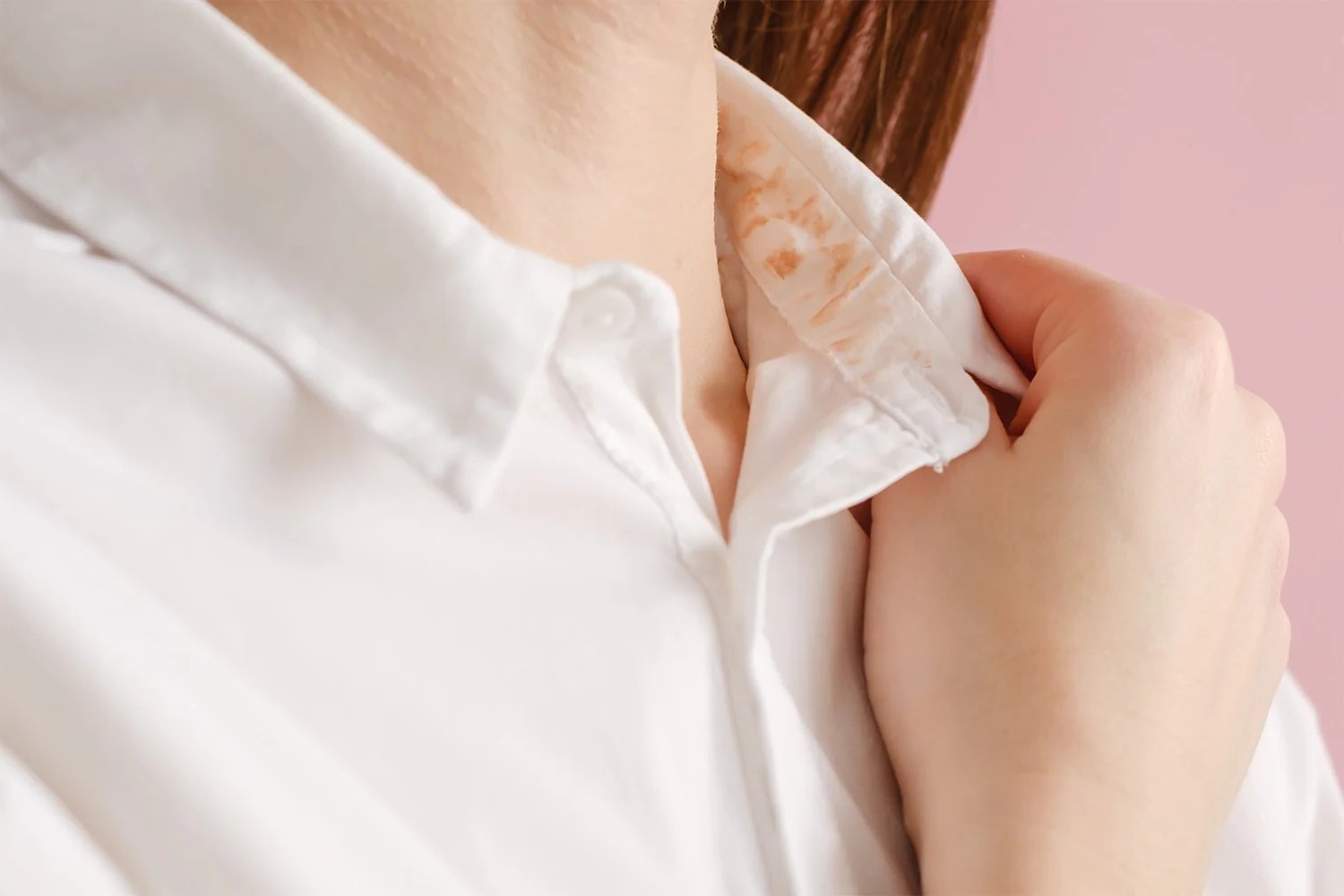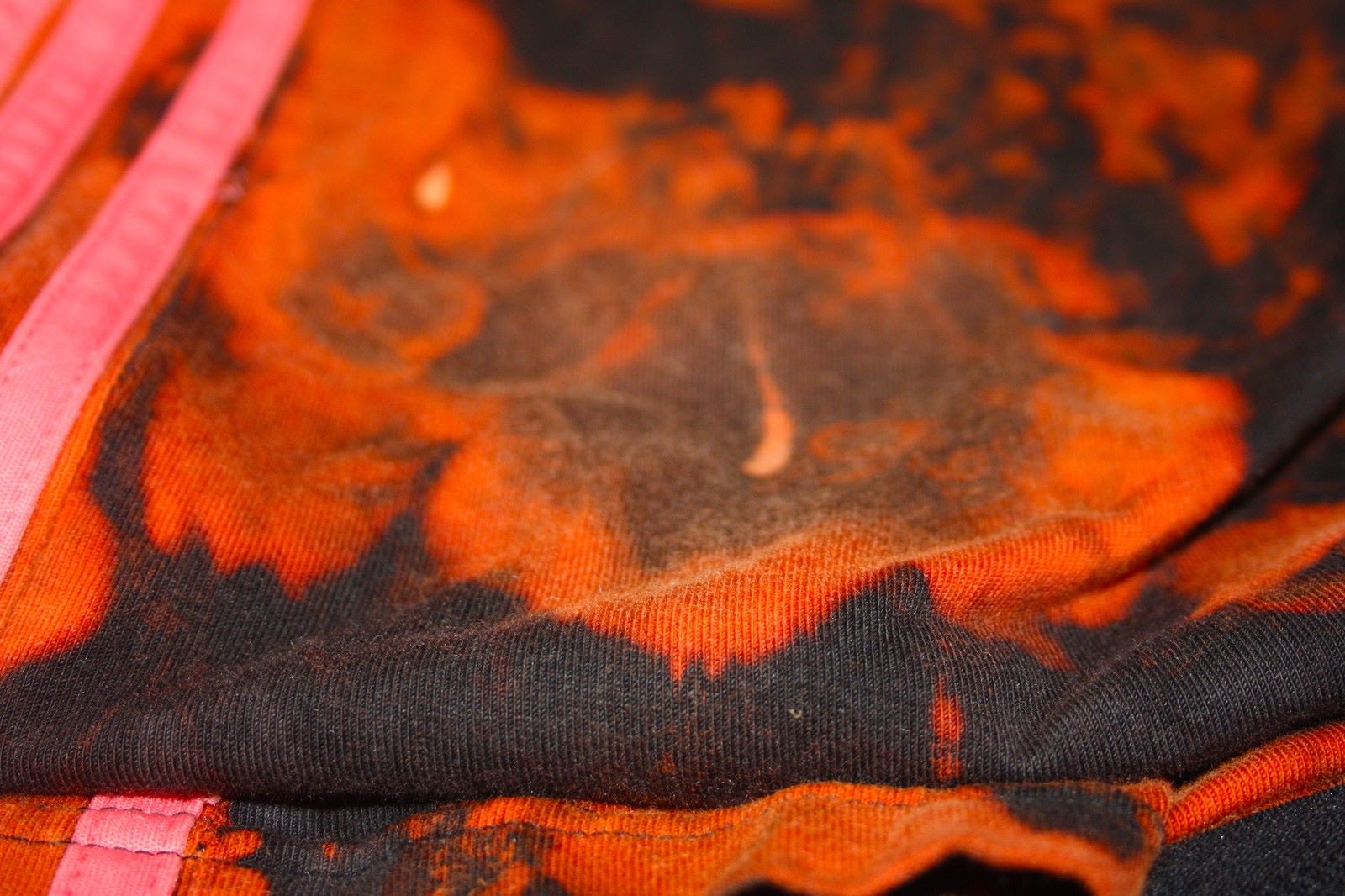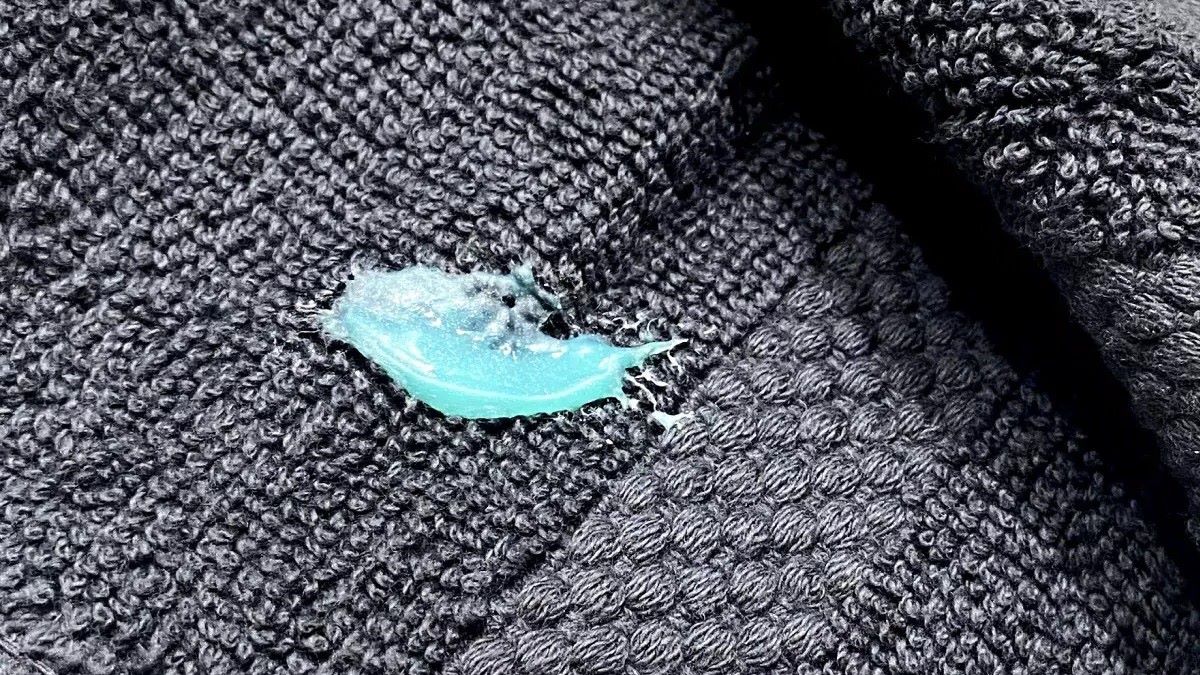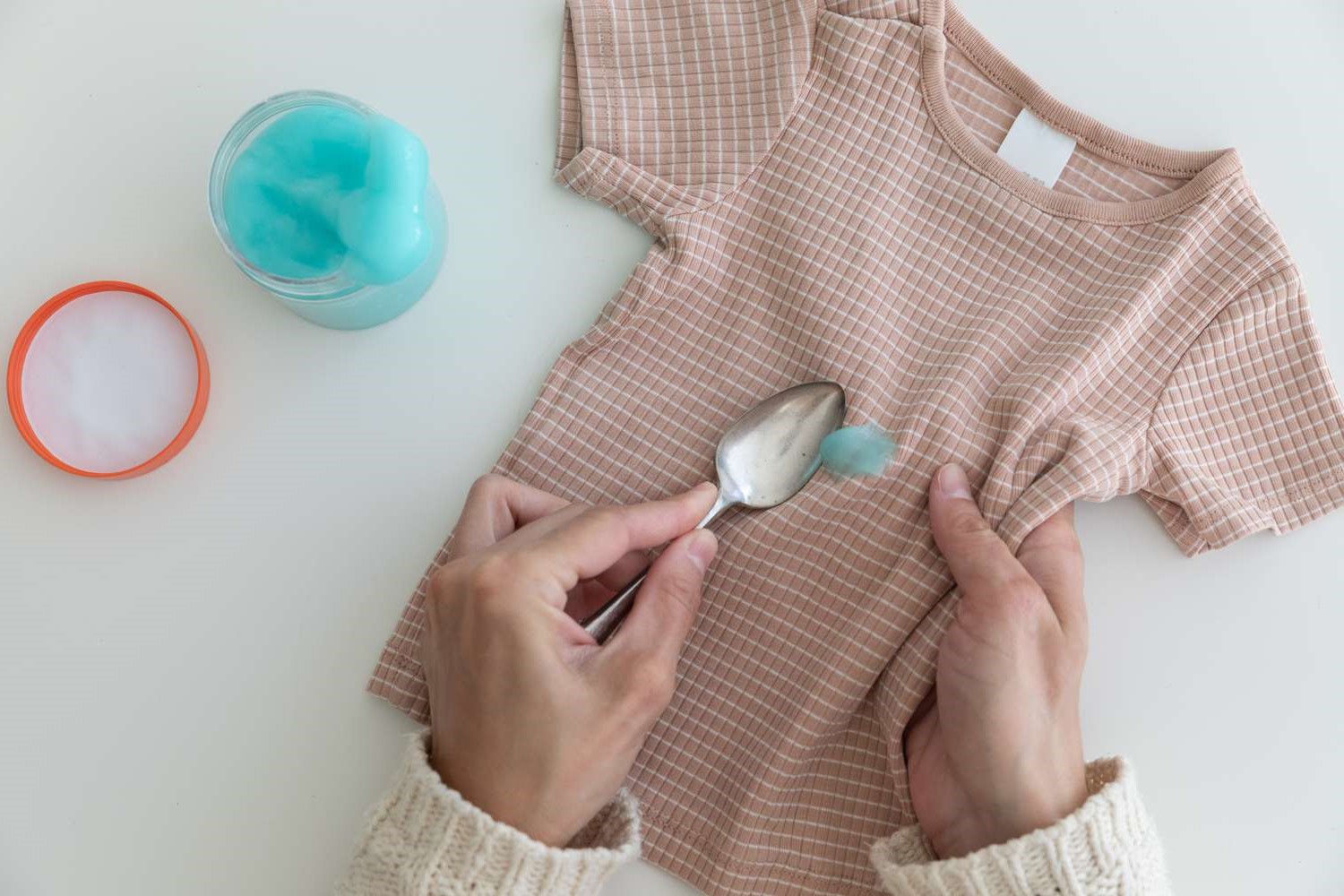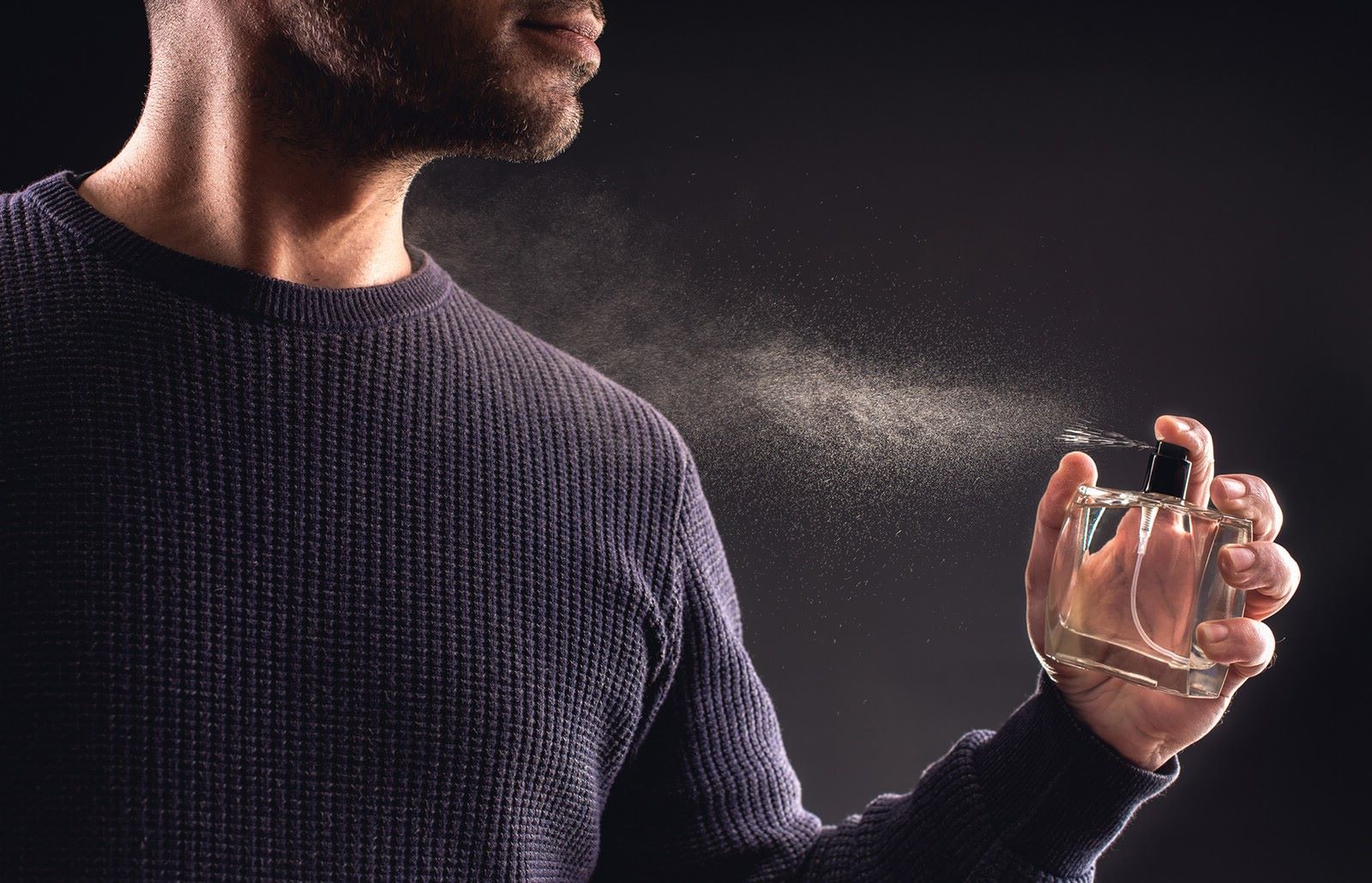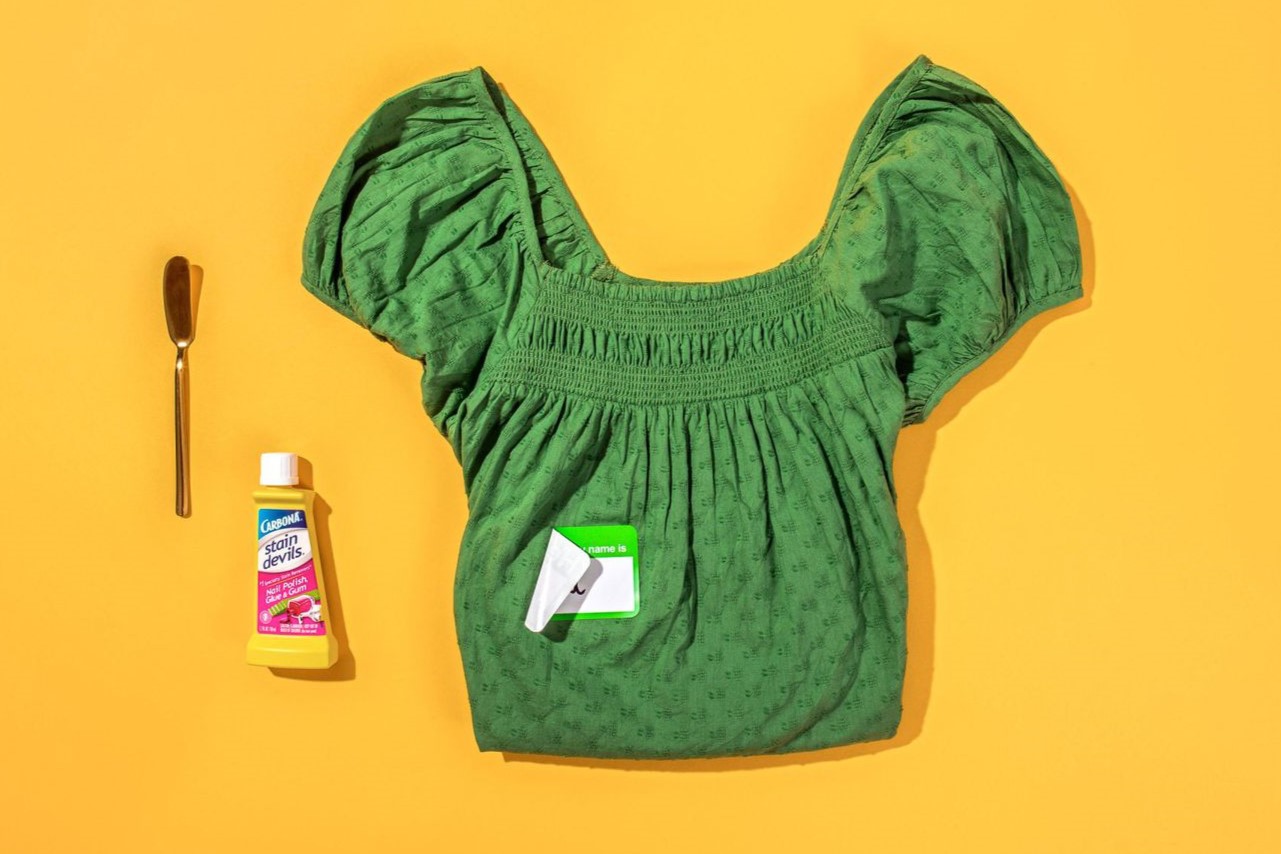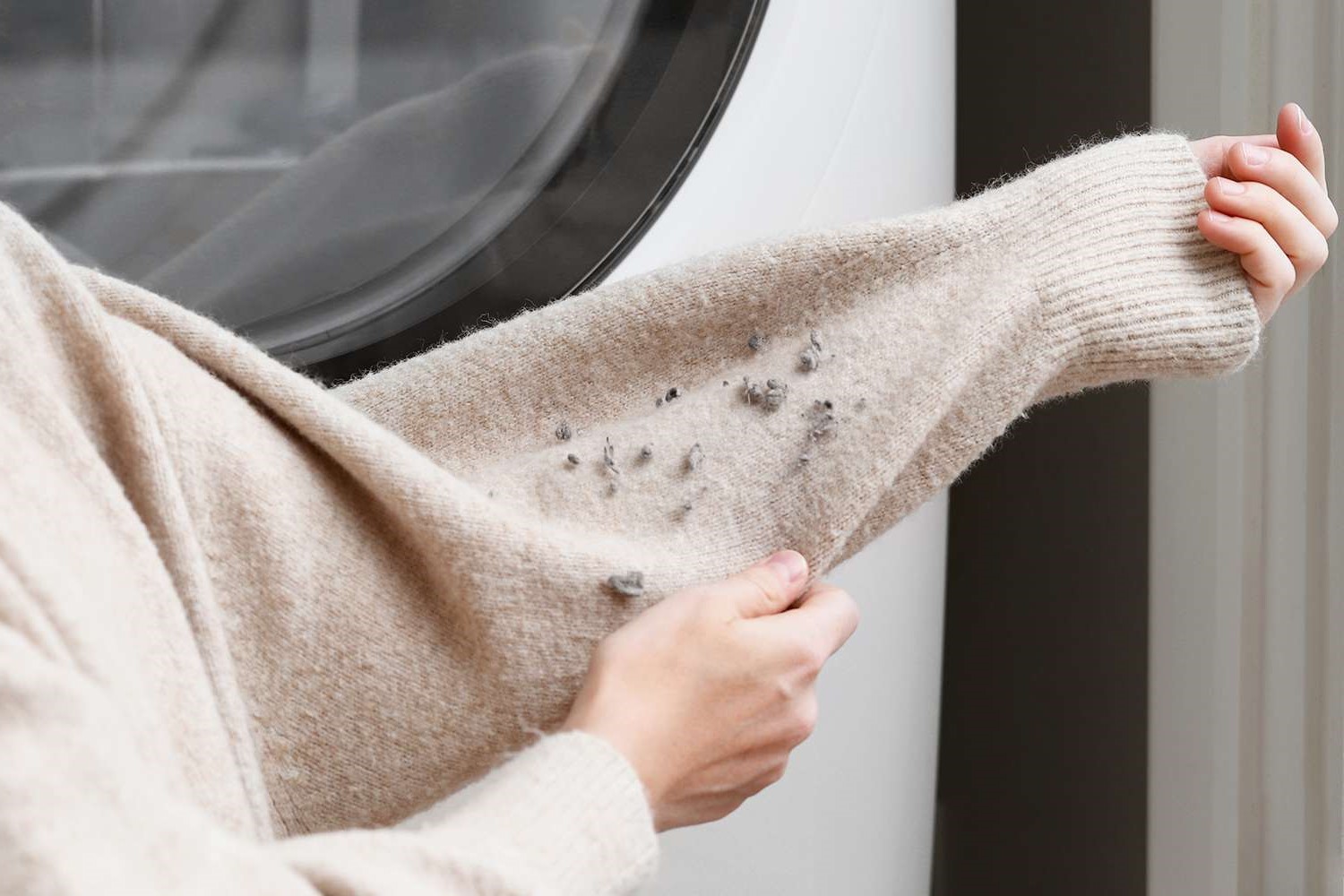Home>Home and Garden>How To Get Mustard Out Of Clothes
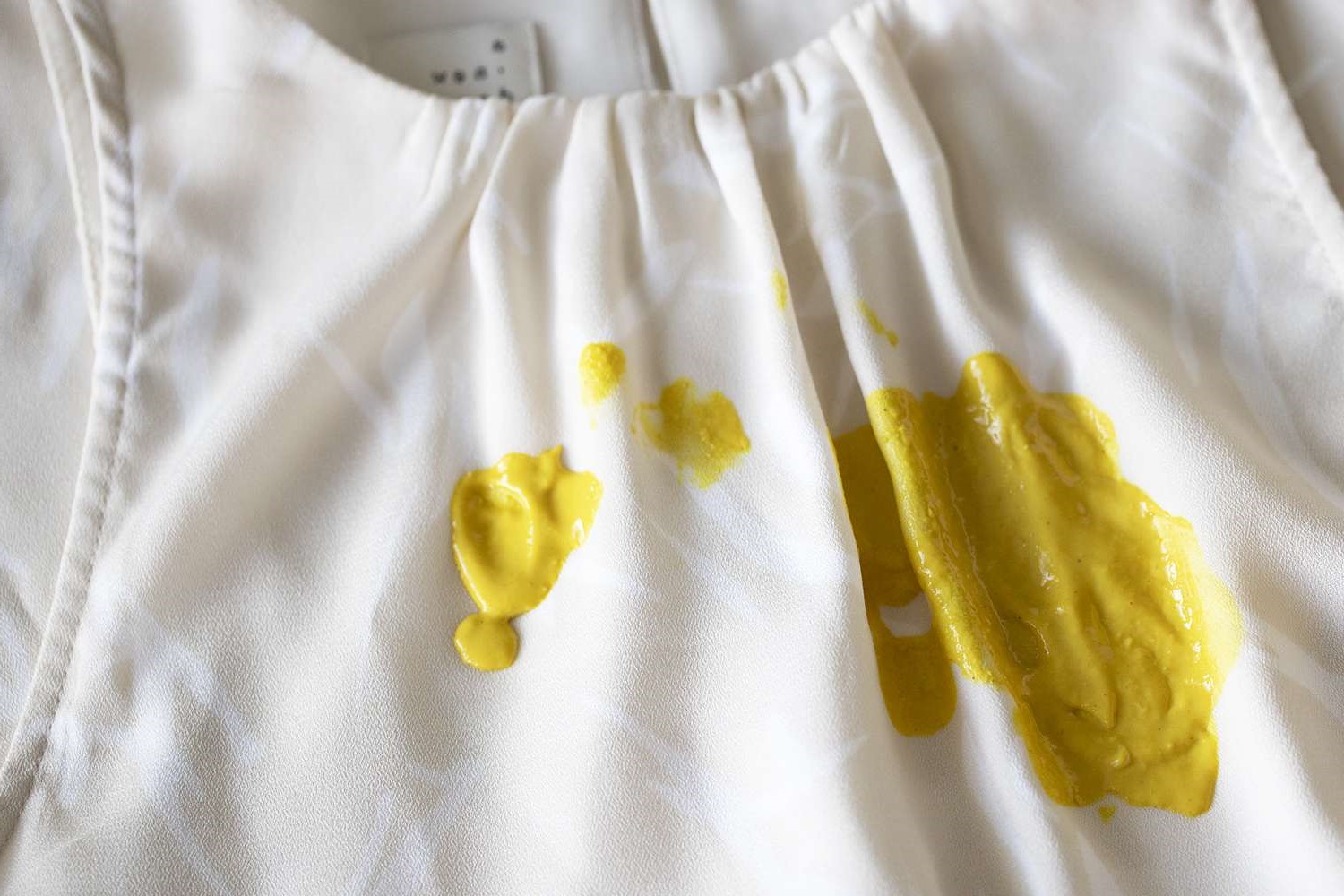

Home and Garden
How To Get Mustard Out Of Clothes
Published: March 6, 2024
Learn effective home and garden tips for removing mustard stains from clothes. Discover simple solutions to keep your clothing looking fresh and clean.
(Many of the links in this article redirect to a specific reviewed product. Your purchase of these products through affiliate links helps to generate commission for Noodls.com, at no extra cost. Learn more)
Table of Contents
Introduction
Dealing with a mustard stain on your favorite clothing can be a frustrating experience. Whether it's a splash from a hotdog at a summer barbecue or a mishap while making a sandwich, mustard has a knack for leaving behind stubborn, bright yellow stains. However, fear not, as there are effective methods for removing this pesky stain and restoring your garment to its former glory.
In this comprehensive guide, we will explore the best techniques for tackling mustard stains, from understanding the nature of the stain to pre-treating and washing the affected garment. Additionally, we will delve into some additional tips and tricks to ensure that no trace of the mustard stain remains.
So, if you've found yourself in a pickle (or should we say mustard?) with a stained garment, fret not. By following the steps outlined in this guide, you'll be equipped with the knowledge and techniques to bid adieu to that stubborn mustard stain and revive your clothing to its pristine condition. Let's dive in and discover the secrets to conquering mustard stains once and for all!
Read more: How To Get Butter Out Of Clothes
Understanding the stain
Mustard stains can be particularly challenging due to the vibrant yellow pigments and the oily nature of the condiment. When mustard comes into contact with fabric, it can quickly penetrate the fibers, making it essential to address the stain promptly to prevent it from setting in.
The composition of mustard, typically containing turmeric for its distinct yellow color and various oils and spices, contributes to its staining properties. The bright yellow pigments in mustard can leave a noticeable mark on clothing, while the oils can further embed the stain into the fabric.
It's important to note that different fabric types may react differently to mustard stains. Natural fibers such as cotton and linen may absorb the stain more readily, while synthetic fabrics like polyester may repel the stain to some extent. Understanding the fabric composition is crucial in determining the appropriate stain removal method to avoid damaging the garment.
Furthermore, the age of the stain also plays a significant role in the removal process. Fresh mustard stains are generally easier to tackle compared to older, dried stains. As time passes, the oils in the mustard can oxidize and bond more strongly with the fabric, making it more challenging to remove the stain completely.
In addition to the physical characteristics of the stain, it's essential to consider the garment's care label instructions. Different fabrics and dyes may require specific treatment to prevent color bleeding or fabric damage during the stain removal process. Always refer to the care label before attempting any stain removal method to ensure the best outcome for your garment.
By understanding the nature of mustard stains, including their composition, fabric reactivity, stain age, and garment care instructions, you can effectively tailor your stain removal approach to achieve the best results. With this knowledge in mind, you'll be better equipped to tackle mustard stains with confidence and precision, setting the stage for successful stain removal in the subsequent steps.
Pre-treating the stain
Pre-treating the mustard stain is a crucial initial step in the stain removal process. By addressing the stain promptly and effectively, you can significantly improve the chances of complete stain removal during the subsequent washing phase. Here's a detailed guide on pre-treating mustard stains to ensure optimal results:
1. Scrape off Excess Mustard:
Before applying any pre-treatment solution, gently scrape off any excess mustard from the garment using a dull knife or spoon. Be cautious not to spread the stain further while doing so. This step helps remove any solid or semi-solid mustard particles, preventing them from embedding deeper into the fabric during the pre-treatment process.
2. Blot the Stain:
Using a clean white cloth or paper towel, blot the stained area to absorb any residual mustard and oils. Avoid rubbing the stain, as this can spread it and further embed it into the fabric. Continue blotting until minimal transfer of the stain onto the cloth is observed.
Read more: How To Get Sap Out Of Clothes
3. Apply a Stain Remover:
Choose a suitable stain remover or pre-treatment solution designed to target oil-based stains. Apply a small amount of the pre-treatment solution directly onto the mustard stain, ensuring that the affected area is adequately saturated. Gently work the solution into the fabric using a soft-bristled brush or your fingertips, allowing it to penetrate the fibers and break down the stain.
4. Let it Sit:
Allow the pre-treatment solution to sit on the stain for the recommended duration as per the product instructions. This dwell time allows the solution to effectively loosen and dissolve the mustard stain, preparing it for the washing phase.
5. Check for Colorfastness:
Before proceeding, it's essential to check for colorfastness by testing the pre-treated area on an inconspicuous part of the garment. Dab a small amount of the pre-treatment solution onto a hidden seam or hem and blot with a white cloth. If there is no color transfer or adverse reaction, it's safe to proceed with the pre-treatment process.
6. Rinse or Wash:
Depending on the pre-treatment product's instructions, you may need to rinse the garment under cold running water to remove the pre-treatment solution before washing. Alternatively, if the product allows, you can proceed directly to washing the garment following the pre-treatment.
By diligently following these pre-treatment steps, you can effectively prepare the mustard-stained garment for the washing phase, maximizing the chances of complete stain removal and restoring the garment to its pristine condition.
Read more: How To Get Hair Dye Out Of Clothes
Washing the garment
After pre-treating the mustard stain, the next crucial step is to wash the garment using the appropriate techniques to ensure the stain is effectively removed without causing damage to the fabric. Here's a detailed guide on washing the garment to bid adieu to that stubborn mustard stain:
1. Select the Appropriate Water Temperature:
When preparing to wash the pre-treated garment, it's essential to consider the fabric type and the care label instructions. For most fabrics, using cold water is recommended, especially for treating stains. Cold water helps prevent the setting of the stain and is generally suitable for a wide range of fabrics. However, for more robust fabrics and heavily soiled garments, warm water may be suitable, but always refer to the care label for specific temperature recommendations.
2. Choose the Right Detergent:
Select a high-quality laundry detergent known for its stain-fighting properties. Look for a detergent that is formulated to tackle tough stains, including oil-based stains like mustard. Alternatively, you can opt for a detergent specifically designed for treating stains and apply it directly to the affected area before washing.
3. Load the Garment Into the Washing Machine:
Place the pre-treated garment into the washing machine, ensuring that it is not overcrowded. Overloading the machine can hinder the effectiveness of the wash cycle and may prevent thorough stain removal. If washing multiple items, consider including similar colors and fabric types to prevent color bleeding or fabric damage.
Read more: How To Get Smoke Smell Out Of Clothes
4. Add Vinegar or Baking Soda (Optional):
For an extra stain-fighting boost, consider adding a cup of white vinegar or baking soda to the wash cycle. Both vinegar and baking soda are known for their natural cleaning properties and can help break down and lift stubborn stains, including mustard. However, it's essential to ensure compatibility with the garment's fabric and colors before using these additives.
5. Initiate the Wash Cycle:
Start the washing machine on the appropriate cycle, as per the garment's care label instructions. If the garment is suitable for a gentle or delicate cycle, opt for this setting to minimize potential damage to the fabric. Allow the washing machine to complete the full cycle, ensuring that the garment undergoes thorough cleaning and stain removal.
6. Inspect the Stain Before Drying:
Once the wash cycle is complete, carefully inspect the stained area before proceeding to dry the garment. If any traces of the mustard stain persist, avoid drying the garment, as heat from the dryer can set the stain further. Instead, consider repeating the pre-treatment and washing process to ensure complete stain removal.
By following these washing guidelines, you can effectively tackle mustard stains and restore your garment to its pristine condition. With the right approach and attention to detail, conquering mustard stains is achievable, allowing you to enjoy your favorite clothing without the lingering reminder of past staining mishaps.
Additional tips and tricks
-
Lemon Juice and Sunlight: For natural fabric garments such as cotton or linen, applying lemon juice to the mustard stain can help break down the pigments. After applying the lemon juice, allow the garment to sit in direct sunlight for a few hours. The combination of lemon juice and sunlight can act as a natural bleaching agent, aiding in the removal of the stain.
-
Avoid Heat: When treating mustard stains, it's crucial to avoid heat until the stain is completely removed. Heat from hot water or the dryer can set the stain, making it more challenging to remove. Opt for cold water and air-drying until the stain is fully eliminated.
-
Use Dish Soap: Dish soap, known for its grease-cutting properties, can be effective in treating mustard stains. Apply a small amount of dish soap directly to the stain, gently work it into the fabric, and let it sit for a few minutes before rinsing. This method can help break down the oily components of the stain.
-
Test in an inconspicuous area: Before applying any stain removal method, it's advisable to test it in an inconspicuous area of the garment to ensure that it doesn't cause discoloration or damage to the fabric. This precaution can help prevent unintended consequences and preserve the overall appearance of the garment.
-
Professional Dry Cleaning: For delicate or valuable garments with mustard stains, consider seeking professional dry cleaning services. Professional cleaners have the expertise and specialized treatments to effectively remove tough stains while preserving the integrity of the fabric.
-
Patience is Key: Dealing with stubborn stains like mustard requires patience. It may take multiple attempts and treatments to completely eradicate the stain. Avoid rushing the process and allow each treatment to take its full effect before assessing the results.
-
Prompt Action: Address mustard stains as soon as possible to prevent them from setting and becoming more challenging to remove. The longer the stain sits, the more it can penetrate the fabric, making it harder to eliminate.
By incorporating these additional tips and tricks into your stain removal arsenal, you can enhance the effectiveness of your stain-fighting efforts and increase the likelihood of successfully banishing mustard stains from your cherished garments. Each tip offers a unique approach to stain removal, providing you with a comprehensive toolkit to combat even the most stubborn mustard stains.
Read more: How To Get Chapstick Out Of Clothes
Conclusion
In conclusion, conquering mustard stains on clothing requires a combination of understanding the nature of the stain, diligent pre-treatment, and effective washing techniques. By delving into the composition of mustard stains and their interaction with different fabric types, we gain valuable insights into tailoring our stain removal approach for optimal results.
The pre-treatment phase serves as a crucial preparatory step, allowing us to address the stain directly and begin the process of breaking down the mustard pigments and oils. Through careful scraping, blotting, and the application of suitable pre-treatment solutions, we set the stage for successful stain removal during the subsequent washing phase.
When it comes to washing the garment, selecting the appropriate water temperature, detergent, and wash cycle is paramount. By adhering to the garment's care label instructions and considering the fabric's reactivity, we can ensure thorough stain removal without compromising the integrity of the fabric.
Furthermore, the additional tips and tricks provided offer valuable insights and alternative methods for tackling mustard stains, catering to different fabric types and individual preferences. From leveraging natural bleaching agents to exercising patience and prompt action, these tips enrich our stain removal toolkit, empowering us to combat mustard stains with confidence and precision.
Ultimately, the journey of removing mustard stains from clothing is a testament to the intersection of science, care, and perseverance. It's a process that demands attention to detail, an understanding of fabric characteristics, and a willingness to explore various stain removal techniques. By embracing these principles, we equip ourselves with the knowledge and skills to bid adieu to stubborn mustard stains and restore our cherished garments to their pristine state.
As we navigate the realm of stain removal, it's essential to approach each step with patience and a commitment to excellence. Whether it's a favorite shirt, a beloved pair of pants, or a cherished dress, the successful removal of a mustard stain signifies not only the restoration of the garment but also the triumph of resilience and resourcefulness.
In the end, conquering mustard stains is not merely about eliminating a blemish; it's about reclaiming the confidence and joy that come with wearing our favorite clothing. With the right techniques, a touch of creativity, and a dash of perseverance, we can confidently face mustard stains, knowing that we possess the knowledge and expertise to emerge victorious in the battle against stubborn stains.
